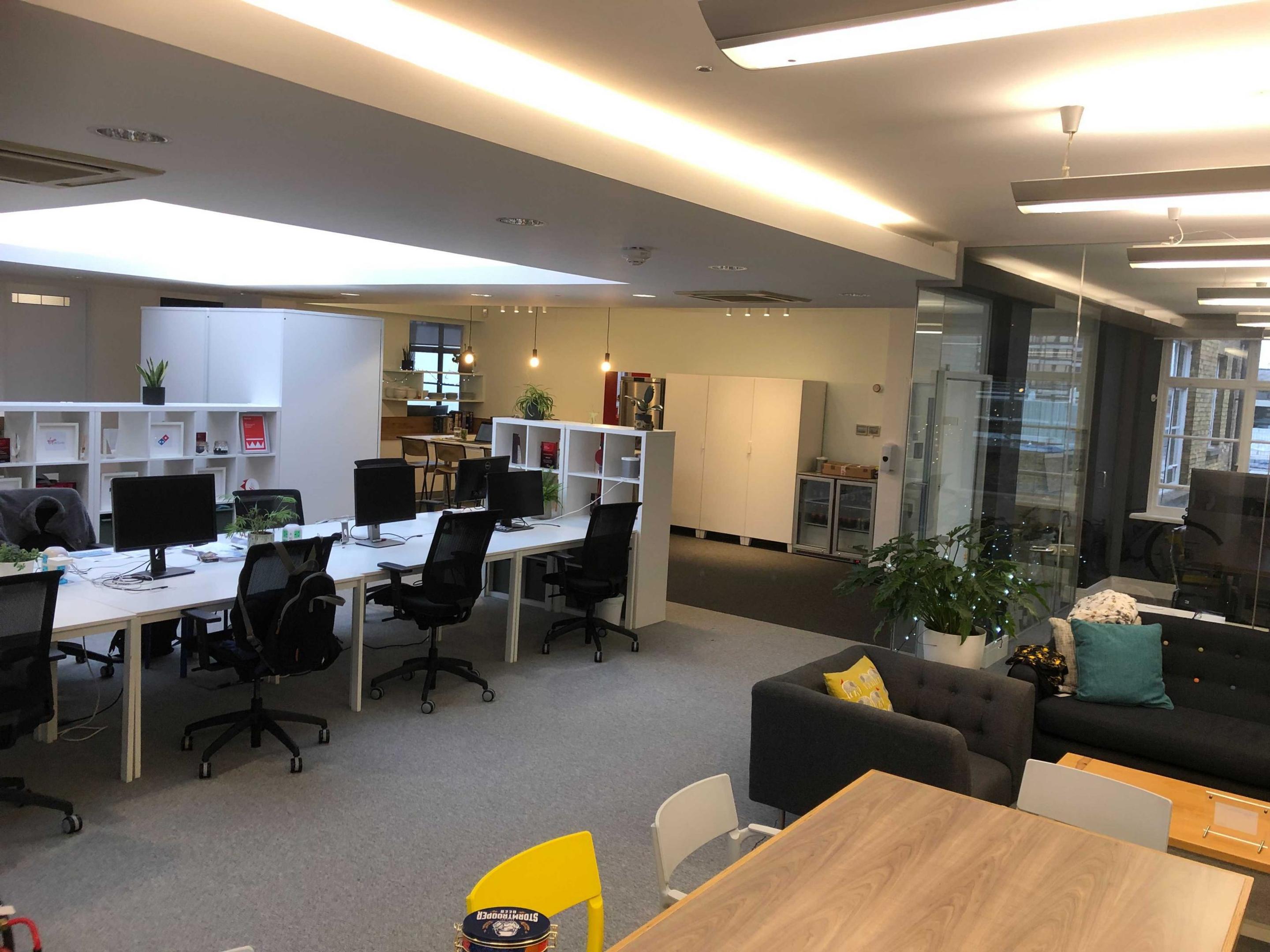Customer Experience - Where to Invest and What to Avoid

Consumers are having “the worst experiences in a decade” according to research by US firm Forrester. Although great customer experience has been shown to improve retention, increase sales, and reduce costs, there is still a perception that it is a “nice-to-have” that doesn’t directly contribute to the bottom line.
However, the evidence that good customer experience brings a strong return on investment is clear:
Because customer experience is the result of all of the interactions a customer has with a company, be it online, through social media or marketing, in person or over the phone, making improvements in this area can seem daunting. We have created this guide to help you focus your efforts and deliver an outsized impact that will keep customers coming back.
Where to invest
Obsessively studying your users
Henry Ford is often quoted apocryphally as saying, “If I had asked people what they wanted, they would have said faster horses.” However, the practice of user research shouldn’t be understood as simply asking users what they want and building it, but deeply understanding what they are trying to solve. Respecting that your customers are the experts in their own needs is crucial to creating outstanding customer experiences, even if you choose to serve those needs in ways that they have not yet imagined.
The outcomes you choose to measure should reflect the things that are most important to customers. For example, when we worked with Domino’s, we focussed on the insight that what customers care about is getting their pizza quickly, and that the pizza is fresh and hot when it arrives. The services we built kept that need as the core focus, optimising routes, removing bottlenecks, and giving customers live location updates to assure them that their pizza was on the way. The result was a 69.3% increase in online orders, more than double the market trend, and a twelve-fold increase in digital revenue.

Fortifying your foundations
An often overlooked aspect of experience is ensuring that the underlying data and tech ecosystem can support a seamless end-to-end experience. A slick onboarding flow can be let down if it relies on matches with fragmented, poor quality data. Optimising an API can be the difference between quickly satisfying the customer with the information they need, and forcing them to endure a frustrating wait.
At Future Platforms, we take a holistic view in our work with clients, aligning with internal teams and other partners to ensure a robust experience. Coming with the broader perspective of customer needs, we know that the real moments of truth happen in the details. We pride ourselves on deeply considering the specifics of each interaction to make the experience shine. Technical architecture is designed with this at the forefront.
Elevating function with a design point of view
Once needs and technical capabilities are understood, bringing a distinctive tone and aesthetically pleasing design that resonates with customers strengthens your brand’s competitive advantage by creating a unique, memorable experience that’s difficult to copy. Crucially, the design must enhance the core value of what you are offering.
We applied this approach in our design work for Virgin Active, building a platform that supported different territories and languages, with brand details such as the Virgin V and a different, colour-coded identity for each of their Big Five activities: yoga, pilates, boxing, cycling and grid training. We found that knowing how busy the gym was likely to be was an important part of mentally preparing to do a workout; a graph showing club capacity answered this need, while the loading animation served to enhance the visual branding and reduce the perceived wait time during the seconds in which data was being retrieved. Members engaged with the app more frequently, for longer durations, and 86% reported achieving a wellness goal in the last 90 days. For Virgin Active this approach has paid off, with engaged members being 60% less likely to terminate their membership
What to avoid
Building features that don’t solve a real user problem
“I am not a cat,” clarified lawyer Ron Ponton in a court hearing recorded on Zoom, his panicked expression clearly visible under the kitten filter as he and his assistant scrambled to turn the setting off. The contrast between the silliness of the image and the seriousness of the situation explains why the video became a viral sensation, but what is less clear is why novelty filters became ubiquitous, even in video calling software designed for use in the workplace.
Microsoft Teams has quietly removed all but the least flamboyant Together Mode backgrounds including its Grecian amphitheatre and under the sea scenes, but Google Meet still offers a baffling array of characters, costumes and accessories as part of its Workspace offering. These features can be temporarily diverting, but ultimately don’t solve any customer problems; as Ron Ponton can attest, they cause them. While augmented reality filters are core to the appeal of apps like TikTok and Snapchat, copying these features across to a professional setting disregards the user’s context and adds unnecessary complexity and costs.
Similarly, gamification can work well when it aligns to the user’s inherent motivation and goals, but is often overused. Audible awards badges for random achievements like listening to content on weekends or sharing posts on social media. Without the context of a meaningful goal, mechanics like points, badges and leaderboards can feel hollow and condescending.
Diluting your core value proposition
While introducing new products can help companies diversify their revenue streams and secure future growth, it must be done carefully to avoid undermining the core value that customers get and their perception of the brand as a whole.
Spotify has made a bold play to leverage its advantage as the biggest music streaming service to become the go-to place for spoken content, but its continued featuring of podcasts and audiobooks makes the app harder for those primarily interested in music to use. The prompt to “Access with listening hours” shown next to promoted audiobooks is poorly explained and undermines what had previously been an all-inclusive proposition.
Similarly, where Uber once communicated clarity of purpose with a home screen that was little more than a map and the proclamation “Where to?”, its home screen now has suggestions for services such as Car hire, Boat, Food and Grocery, as well as the more mysterious Seniors and Teens.
Sacrificing customer wellbeing for business metrics
Although there will always need to be a balance between customer need and business feasibility, customers are quick to recognise when businesses prioritise their own interests and have become increasingly cynical.
Enshittification, Macquarie Dictionary’s word of 2024, describes “the gradual deterioration of a service or product brought about by a reduction in the quality of service provided, especially of an online platform, and as a consequence of profit-seeking.” It resonates because we have seen it everywhere.
Amazon, the example cited in the Cory Doctorow blog that coined the term, still claims customer obsession as a core value, stating “Leaders start with the customer and work backwards. They work vigorously to earn and keep customer trust.” However, this is belied by the prominence promoted products over results that are relevant to the user’s search, by the insertion of advertisements in the Prime streaming service, by the arduous and potentially illegal journey to cancel subscriptions to the service. The gains from prompting users to make the most profitable choices may be easily measured and accrue to a particular team, but ultimately risk losing customer trust.
Conclusion
Great customer experience relies on multiple strands such as user research, tech architecture, design coming together but these combined efforts can be undone when focus strays from the customer’s needs. Getting it right is about maintaining that focus and ensuring that everyone understands the compounding benefits of prioritising the customer experience and is fully bought into delivering it.
Insights

Building your Digital Transformation Strategy | Future Platforms

Habits, agency growth, and an office unveiling – reflecting back on 2021

Why Digital Innovation Boosts Brand Share

Linking AI And Customer Experience For Brand Loyalty

What is a Digital Circular Economy?

